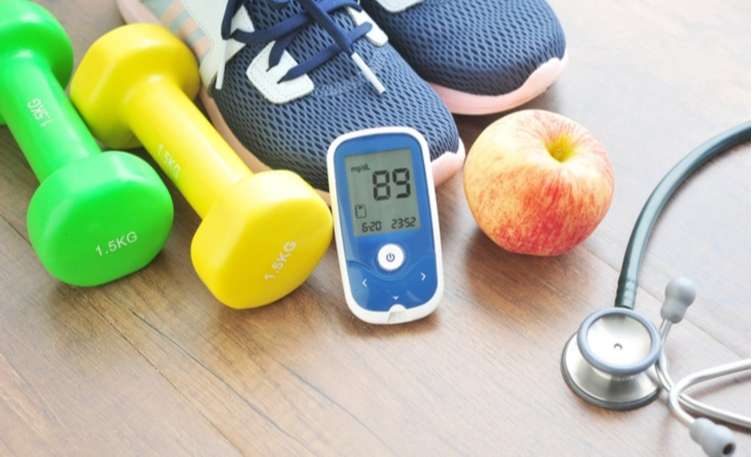
Diabetes is characterised by a malfunction in how a person controls and utilises blood glucose as an energy source. This long-term (chronic) disorder causes an excess of sugar to circulate in the bloodstream. High blood glucose levels can eventually cause cardiovascular, neurological, and immunological system issues.
Blood sugar levels are the quantity of glucose in a person’s blood at any particular time. normal blood sugar level are 90 to 110 mg/dL. High or low blood glucose levels may signal an underlying health problem that necessitates medical care.
Normal Blood Sugar Levels
Based on how much sugar is in a person’s bloodstream, blood sugar levels might be healthy, high, or low. Glucose is a simple sugar that is always present in the bloodstream. Optimal blood sugar levels can be checked before, during, and after eating. Adults without diabetes, who have not eaten for at least 8 hours (fasting), have blood glucose levels of less than 100 mg/dL. Two hours after eating, a healthy glycemic level is 90 to 110 mg/dL.
Several factors influence blood glucose levels during the day: kind of food, amount consumed and timing, physical exercise, medications, medical problems, age, stress, dehydration, illness, menstrual cycles, and alcohol consumption.
Good Exercises for the Diabetes Condition
Exercise is beneficial to almost everyone. It is especially critical for people with diabetes. Workouts can help you in a variety of ways, like lowering your blood glucose and hypertension, increasing your energy, and improving your sleep. If high-impact physical exercises aren’t for you, there are several other options.
Exercises beneficial for individuals with diabetes are:
- Brisk walking
Brisk walking is an easy way to get some movement and fresh air. It can also help you relax. A brisk walk of 30-60 minutes, three or four times per week, is one way to meet your goal. It’s simple to begin: walk your pet around the neighbourhood instead of driving to the supermarket. Tracking your steps and progress may be satisfying and encouraging once you’ve made it a habit.
- Dancing
Dancing might be an enjoyable way to get some exercise. Simply dance for 25 minutes three times a week to benefit your heart, lower your blood glucose, reduce stress, and burn calories. You don’t even need a partner to get started. If you require assistance, a chair can provide it.
- Strength training
Strength training can be accomplished with dumbbells or resistance bands. It can help decrease your blood sugar and strengthen your muscles and bones. You’ll make the most of it if you do strength training twice a week, in addition to cardio. Most of these exercises can be done at home, such as:
- Picking up cans or water bottles
- Push-ups
- Sit-ups
- Squats
- Lunges
- Swimming
Swimming is the aerobic workout that does not strain your joints. It also allows you to work muscles in your upper and lower body simultaneously. Swimming is also excellent for your heart. It can help you burn calories and decrease your cholesterol. If there is a lifeguard on duty, inform them that you have diabetes.
- Yoga
Yoga has been trusted for over 5,000 years as a low-intensity exercise that can help you become stronger and more flexible. Yoga can also aid in balance. The motions, positions, and concentration on breathing could also help relieve tension and build muscle. It can help to keep your blood glucose levels constant.
- Cycling
Exercise for diabetes can be as simple as cycling. Whether you utilise a stationary bike or ride outdoors, 30 minutes a day three to five times a week can raise your heart rate, burn blood glucose, and promote weight loss without damaging your knee or other joints.
- Stair climbing
This can be a healthy and simple way to burn fat and get your cardiovascular and respiratory systems working more efficiently, particularly if you have type 2 diabetes. Going up and down the stairs for 3 minutes after a meal is a terrific strategy to burn off glucose. You can do it everywhere there is a stairwell, such as when you need to take time off from work.
How Much Exercise Is Enough for Diabetes?
For the bare minimum, 30 minutes of cardiovascular exercise five days a week can help your body’s insulin perform better. We’re talking about an activity that gets your cardiovascular and respiratory systems working and increases blood flow. If you haven’t been active in a while, begin with 5 to 10 minutes per day and gradually increase. Before you begin, consult with your doctor.
